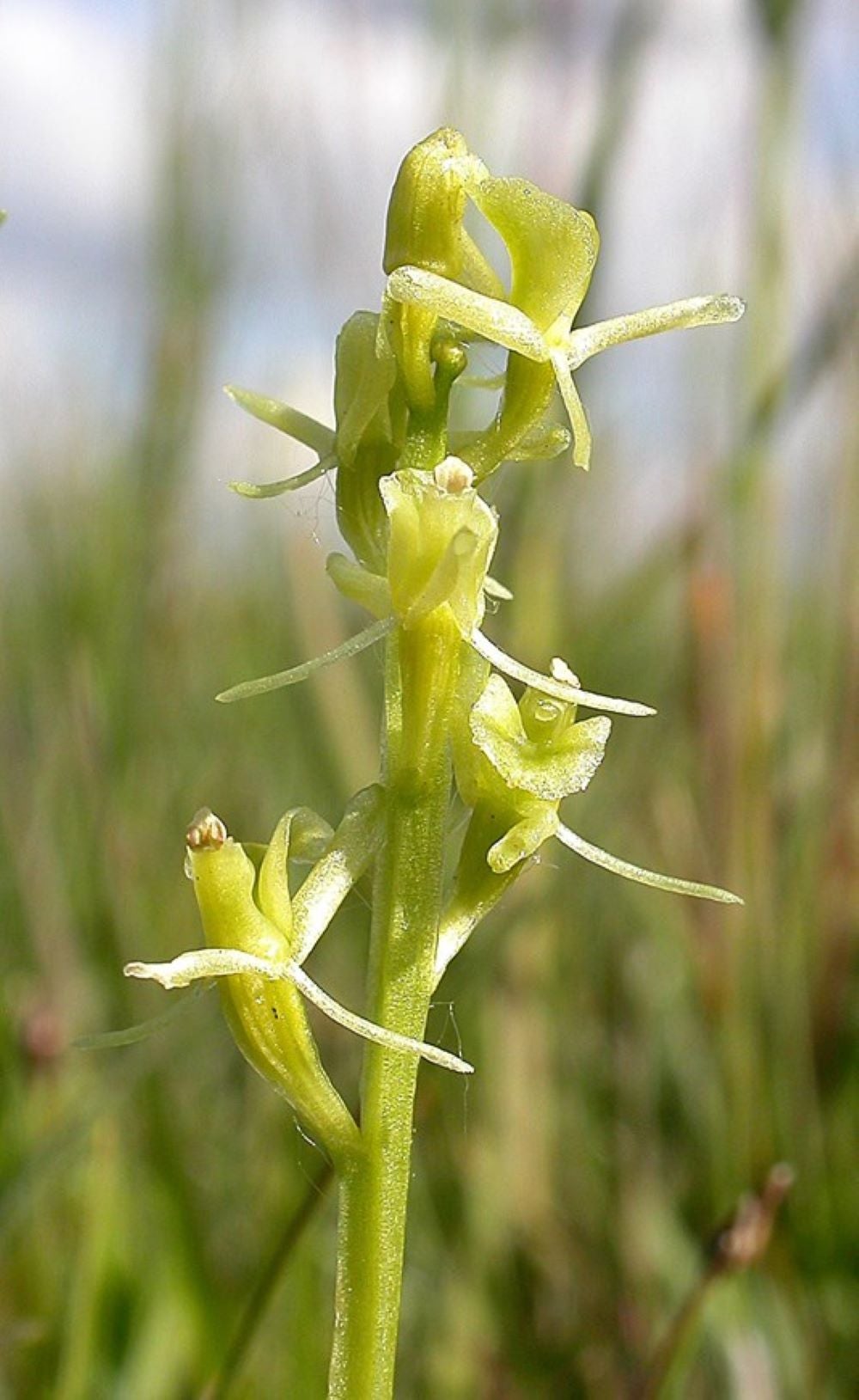Rare orchid found at Welsh military site for the first time in almost 20 years
The fen orchid was found at Laugharne-Pendine Burrows in Carmarthenshire earlier this month.

Your support helps us to tell the story
From reproductive rights to climate change to Big Tech, The Independent is on the ground when the story is developing. Whether it's investigating the financials of Elon Musk's pro-Trump PAC or producing our latest documentary, 'The A Word', which shines a light on the American women fighting for reproductive rights, we know how important it is to parse out the facts from the messaging.
At such a critical moment in US history, we need reporters on the ground. Your donation allows us to keep sending journalists to speak to both sides of the story.
The Independent is trusted by Americans across the entire political spectrum. And unlike many other quality news outlets, we choose not to lock Americans out of our reporting and analysis with paywalls. We believe quality journalism should be available to everyone, paid for by those who can afford it.
Your support makes all the difference.A rare orchid known as the “crown jewel” of sand dunes has been discovered at a site in south-west Wales for the first time in almost 20 years.
A specimen of the fen orchid, or Liparis loeselii, was found at Laugharne-Pendine Burrows in Carmarthenshire – a military testing range – by 11-year-old botanist Tristan Moss.
Tristan was taking part in the annual Carmarthenshire recording week run by the Botanical Society of Great Britain and Ireland (BSBI) earlier this month.
It is the first time the fen orchid has been found on the site since 2003.
Laugharne-Pendine Burrows is part of the Sands of Life project – a £4 million scheme to restore more than 2,400 hectares of sand dunes across 10 sites in Wales.
The project is led by Natural Resources Wales, and involves the site’s managers, defence technology company QinetiQ, and the Defence Infrastructure Organisation which is part of the Ministry of Defence.
At Laugharne-Pendine Burrows, the scheme has involved clearing rapid-growing scrub and vegetation that can crowd out rare wildflowers.
As well as the orchid, several other species were recorded including fragrant orchid (Gymnadenia densiflora), dotted Sedge (Carex punctata) and adder’s-tongue fern (Ophioglossum vulgatum).
Laura Bowen, Sands of Life project and monitoring officer, said: “It’s a genuine success story and a great example of the long-term commitment needed to support nature recovery at this and other important wildlife sites.”
She added: “We are so pleased with the results from the scrub clearance programme that has been completed at Pendine.
“Scrub and rank vegetation will outcompete specialised, low-growing dune plants, but thanks to this completed work a range of plant species such as the fen orchid can thrive.”